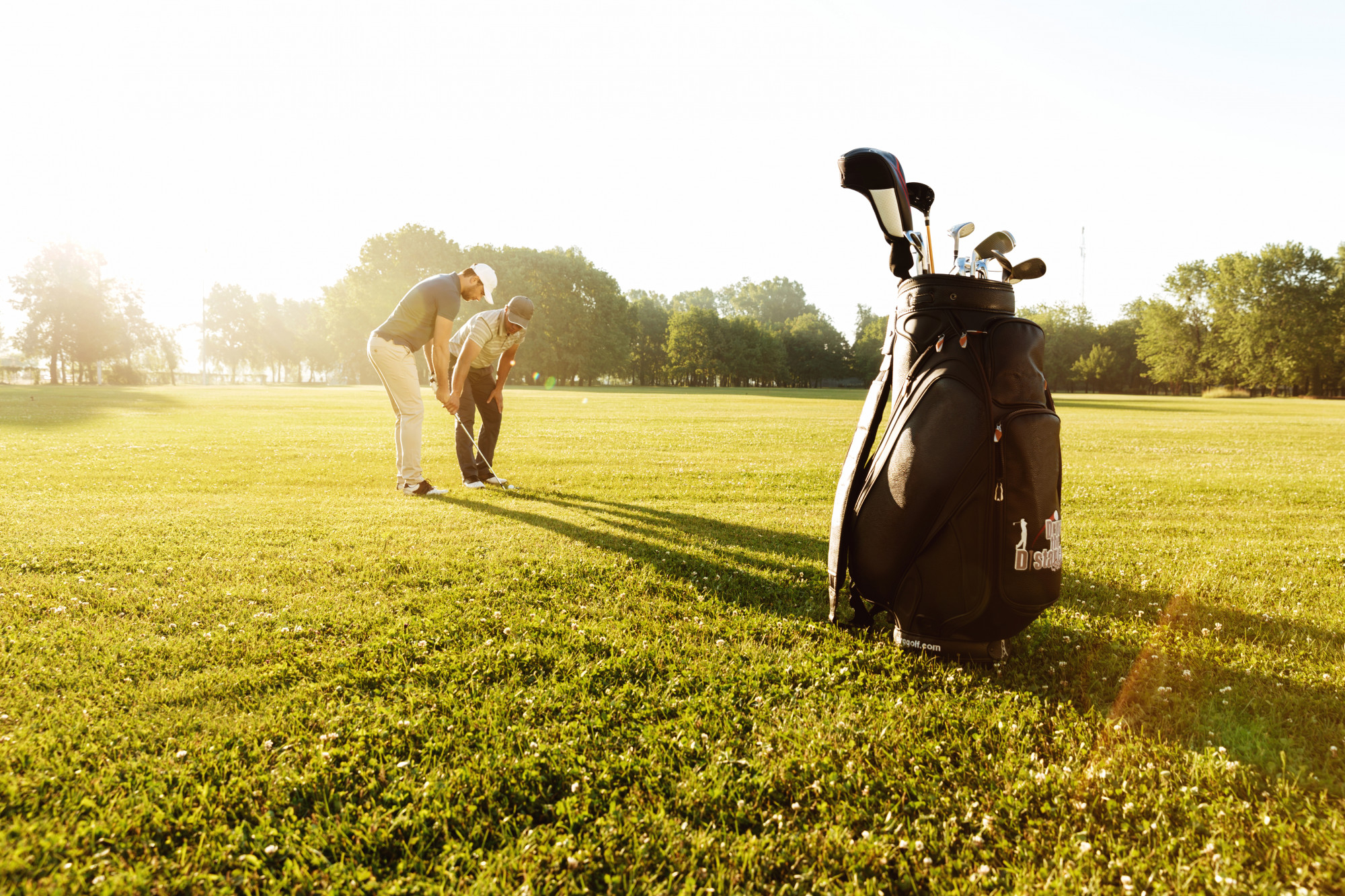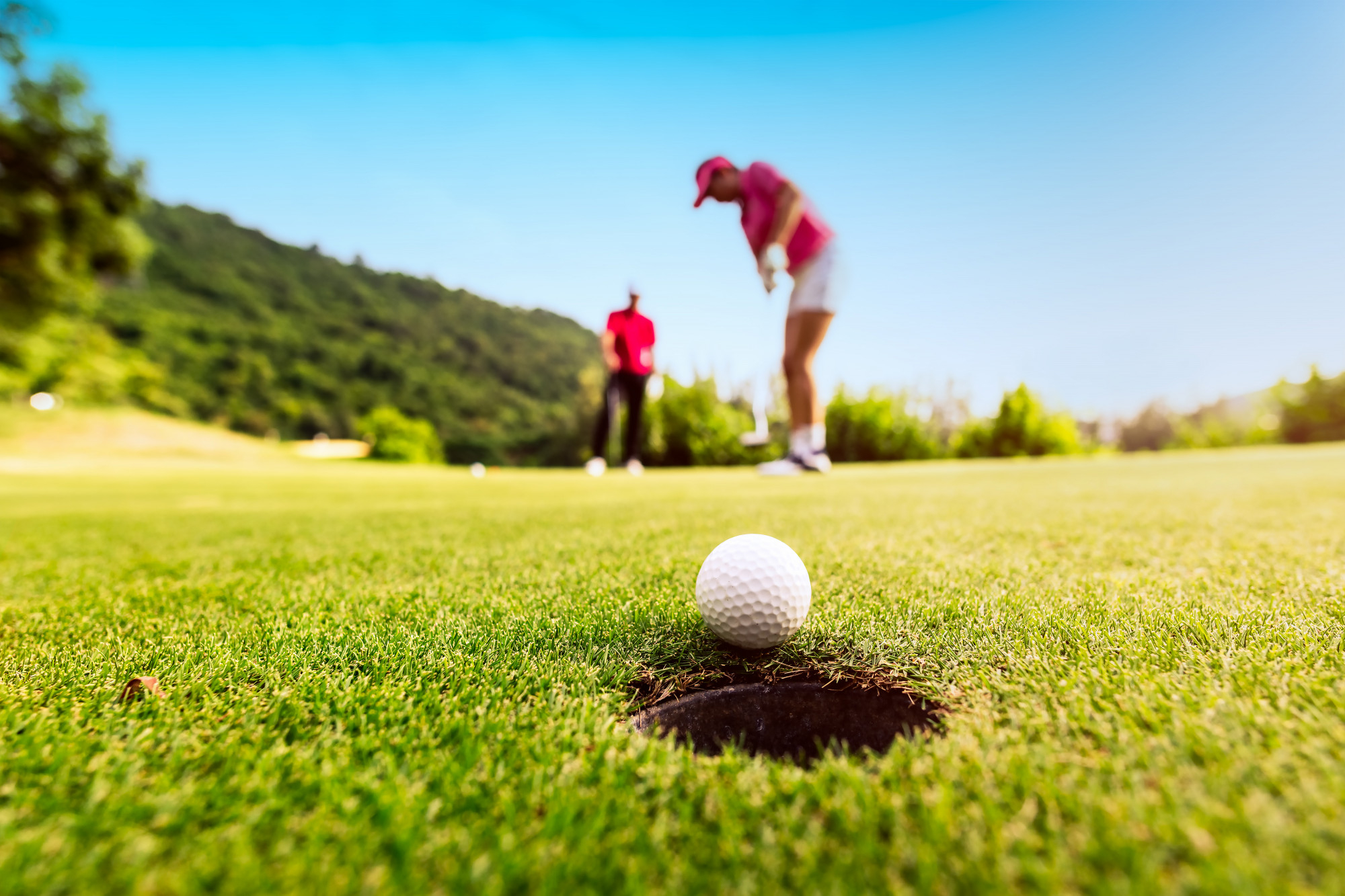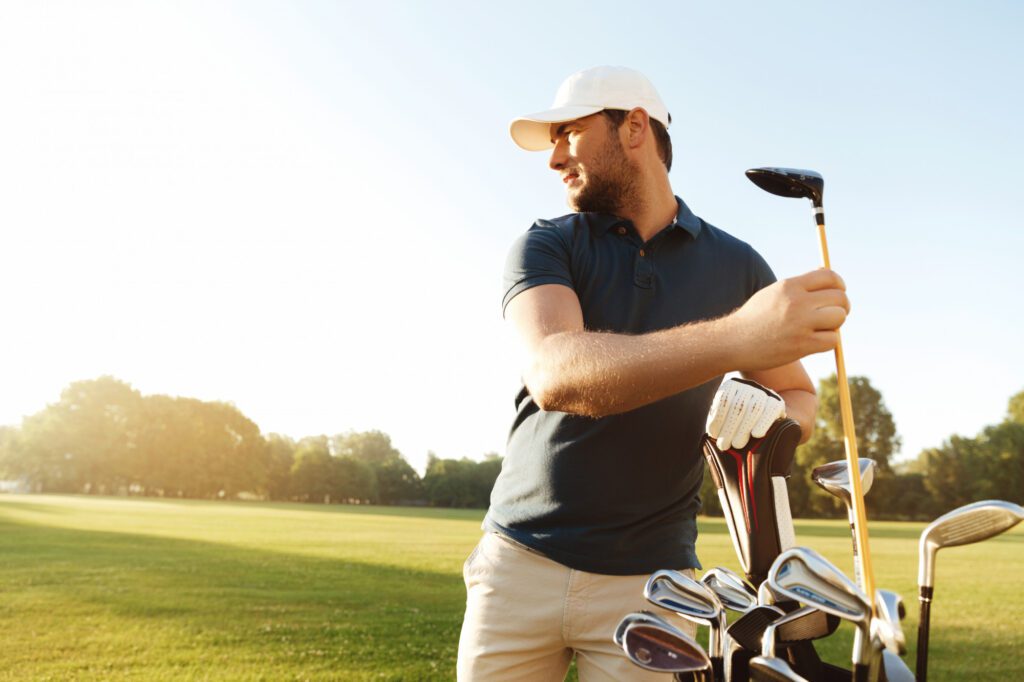Are you thinking about getting started in the world of golf? Do you know the rules of this wonderful sport? Do you know the necessary equipment? Do you want some tips to get you ahead of the game? Do not worry, from Lanzarote Golf we have summarise a guide for beginners in which you can find out everything in just a few minutes. Pay attention!
Regulations
To get started in golf, it is necessary that you know some of the rules of the sport that are necessary for you to get around the course with ease. In this summary of the rules of golf you will find the key points for beginners who want to start swinging.
Scoring
The first thing you need to learn about golf is how toscore. Each player’s score depends on the number of strokes he or she takes during the duration of each hole, until the ball is putted in. At the end of each hole, players record the number of strokes on their scorecard. The person who needs the fewest strokes to complete the course is the winner.
Choosing the course
Once you are clear on how to score, the next thing to learn is where you start your round, depending on your level of play. It is true that a golf course has a total of 18 holes. However, although it may seem logical, hole number one may not be the starting point. Each golf course selects courses depending on the level of difficulty of each hole. And you might be wondering how do I start my round?
Easy, the starting points are separated by colour according to categories. If you are a male beginner, with a basic or intermediate level, your tee-off is yellow. If, on the other hand, you are a female beginner, intermediate or intermediate category, your starting colour is red. The colours blue and white are for the female and male categories, advanced or professional.
How to start the game

Well, we already know how to score and how to choose which course to play according to our experience. Now we must learn how to proceed at the start of the day’s play. When we get ready to tee off, we must follow the rules of etiquette in the regulations.
Golf is not a sport that requires high physical intensity, but it does require high concentration. Therefore, remember these guidelines:
- Keep quiet. It becomes an element of good practice while the players are in full action, and you should try not to move too much when they are ready to hit.
- Do not shadow the opposing player’s ball.
- Face the player in the teeing area. This is the ideal position to adopt so as not to get in the way, and to follow the rules, at several metres. You will also be able to observe the direction of the ball and see where it lands.
One thing to bear in mind: the player whose ball is furthest from the flag is the one who starts.
Out of bounds, lost or difficult to play balls
One of the difficulties of playing golf is getting around weather conditions, obstacles on the course or even your own concentration and techniques. We explain how to deal with some of them.
- Know your ball. Most balls are white, so it is sometimes difficult to distinguish between them. To avoid unfortunate confusion, take a good look at the numbering on your ball and remember it. Another option is to mark your ball or play with a ball of a different colour.
- Ball out of bounds. If, after your shot, the ball goes out of bounds on the hole or the course, stay where you are. It will cost you a stroke penalty, but you may play a second ball.
- Unplayable ball. When it has fallen behind a tree, in a difficult area of a bunker, in the lake or any area that is difficult to access and you cannot play the ball. You have three options to continue and all count as a penalty stroke:
Drop the ball to within two clubs of where it is, without approaching the flag.
- Dropping the ball along the line that separates you from the flag, without advancing distance. This way you can get out of a hole or avoid a bush, for example.
- Finally, just as when the ball goes out of bounds, you can replay it from the tee of the last shot.
Getting to the green
The green is the most “important” area of the game because it is where each hole ends Therefore, it is essential that you keep these basic rules in mind:
- Do not pass the trolley or leave the bag anywhere on the green.
- If by any chance, on a shot, you make a divot (an imperfection in the terrain), repair the terrain with a pitch marker repair.
- The playing areas on the green are tricky, so do not go through the line of play of other sportsmen.
- On a regular basis, if all players are on the green you can proceed to remove the flag. However, since 2019, it is a guideline of the game that can be decided at the start of the round.
- Each hole ends when all balls have been put in. Put the flag back, leave the green and record your number of strokes on your scorecard.
Relevant fact: the next hole is started by the player who putted the ball first on the previous hole.
What equipment do I need to get started in golf?

Comfortable and suitable clothing is the first requirement to take into account. Because it will make it easier for you to move with ease. Find out about the characteristics of the club or course you are going to attend, as in some cases they require more specific etiquette.
On the other hand, for your first golf lessons, we recommend you rent some clubs, or borrow them from someone you know. You can even buy them second hand. You should also get some balls and tees. This way, you can try your hand at golf without commitment, testing your level of enjoyment, abilities and skills in this sport.
As your practice improves, your experience as a player will require more equipment. Your bag of clubs will grow in number according to your techniques and playing routines. In this way, depending on the material and characteristics of each club, you can reach different distances, so that each club you acquire will be used for a specific purpose. Pay attention to the following classification:
- Drivers or woods. These are the clubs that have the most power, and with which you get the most distance on the shot. . The first stroke is usually started with this club, due to its characteristics. Although, it takes time to learn to use them, due to their difficulty in the handling of the stroke.
- Irons. These are chosen for shots in areas of high grass and require absolute control of technique. There are long irons (2, 3 and 4), medium irons (5, 6 and 7) and short irons (8 and 9). They are used for approach distances between 100 and 180 metres.
- Wedges. When there is a short distance, high elevation, high slope angle and little ball displacement after landing, you use a wedge. For example, they are used when you are close to the green or to get the ball out when it lands in a bunker. It is characteristic for having a greater slope.
- Hybrids. They are known for being the fusion between a wood and an iron. Lightweight, easy to handle and very versatile. All this contributes to improve the experience with respect to the previous ones. They usually replace long irons 1-5 and fairway woods 3-11. Perhaps the best for your golf initiation process.
- Putter. Select for finishing shots. his club accompanies the ball to the target, the hole. It has many different varieties and models; it is the reference that has the most types.
After this classification of golf clubs, you may wonder which ones to choose to cover your needs as a beginner? Well, from Lanzarote Golf we recommend that to cover a minimum of correct shots you should choose the following selection: a 1, 2 and 5 wood, a 3 or 9 iron, a pitching wedge, a sand wedge and a putter. Very important, please note that the rules allow you a maximum of 14 clubs in your bag to play with.
ow you have learnt the main rules of golf and the materials needed to get you started, book now at your nearest course and start practising! In Lanzarote Golf we will advise you, if necessary, from the very beginning in the exciting world of golf. If you want to learn some tricks to play golf, do not hesitate to visit our golf blog.

